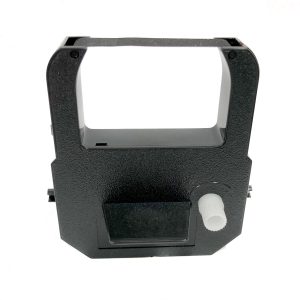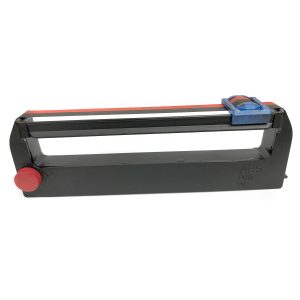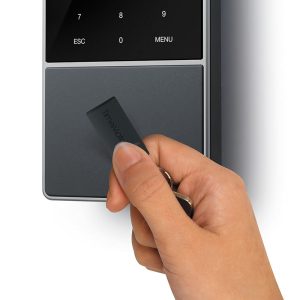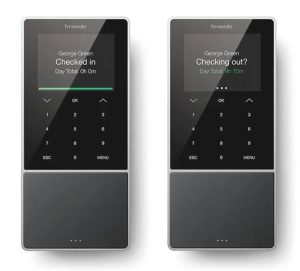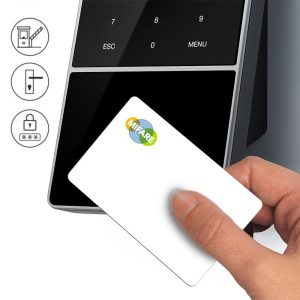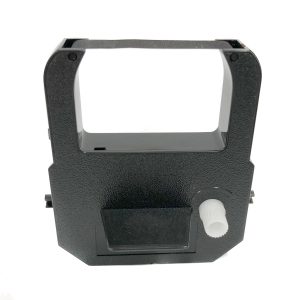
Why Biometric Clocking Machines Are the Future of Employee Attendance
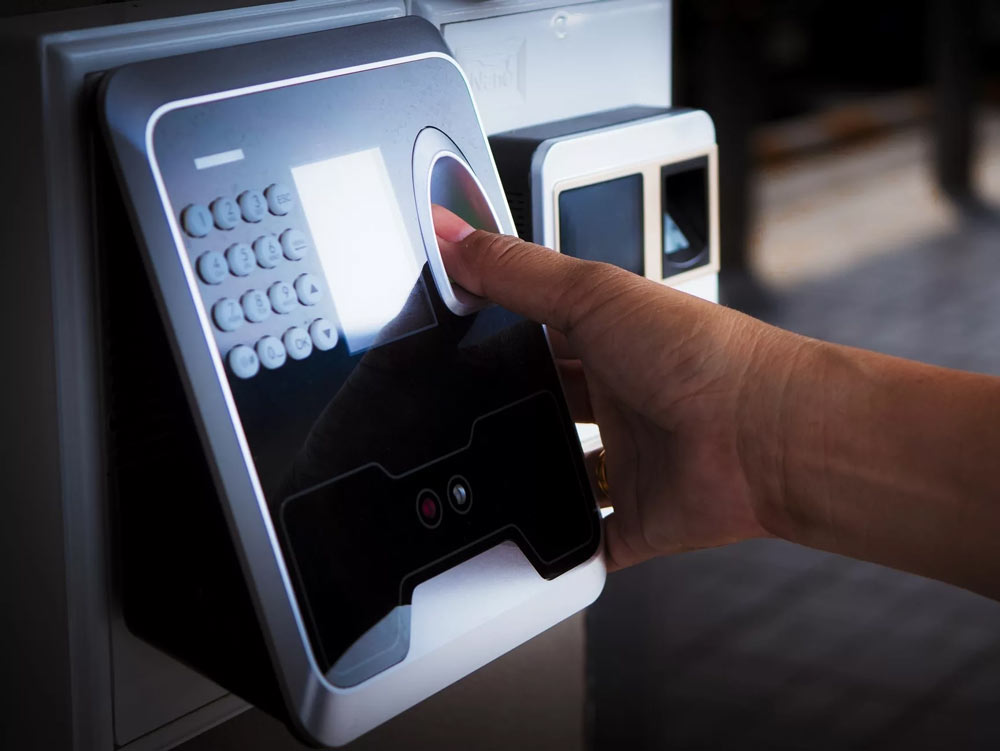
Employee attendance has always been a cornerstone in the management of any organisation.
Traditional systems for logging hours worked, such as manual registers and punch cards, have been in use for decades.
However, these systems are now increasingly seen as archaic, fraught with inefficiencies and vulnerabilities.
In a world that’s rapidly digitising, a more robust solution is called for. Enter biometric clocking machines, which are redefining how companies approach attendance tracking.
The revolutionary technology has myriad benefits, from improved accuracy to enhanced security, and there’s a compelling argument to be made that biometric systems will soon become the standard in workplaces globally.
From small businesses to multinational corporations, the need for an effective and reliable method to record employee attendance is universal.
Over the years, the process has evolved from manually signing in and out, to time cards, and even to digital systems.
Despite their incremental improvements, these traditional methods all come with their own sets of problems and inefficiencies.
Biometric clocking machines offer a modern solution, promising to modernise attendance tracking in transformative ways.
The Drawbacks of Traditional Attendance Systems
Manual Registers
Manual attendance registers might evoke a sense of nostalgia, but in practical terms, they leave much to be desired.
The process is time-consuming for both the employee and the administrator responsible for tracking attendance.
There’s also the inherent issue of human error. A misplaced tick or an oversight can lead to inaccuracies that could affect payroll or even employee evaluations.
Punch Cards & Digital Systems
Clock cards and digital systems attempted to rectify the shortcomings of manual registers, but they introduced new problems of their own.
For example, punch cards can be easily manipulated, allowing for ‘buddy punching’, where one employee clocks in for another.
Digital systems, although somewhat more secure, are not immune to malfunction, leading to a range of operational issues such as incorrect time logging or system crashes.
What Are Biometric Clocking Machines?
Definition and Working Principle
Biometric clocking machines utilise unique physiological characteristics to identify individuals.
These characteristics, such as fingerprints, facial features, or even the iris, are nearly impossible to forge, providing a level of security and accuracy that older systems simply can’t match.
The working principle is straightforward: an employee enrols their biometric data into the system, which is then used for future identification and attendance tracking.
Types of Biometric Systems
There are various types of biometric systems available in the market, each with its own set of benefits.
Fingerprint recognition is perhaps the most common, followed by facial recognition and iris scanning.
Each of these methods has its own advantages and specific use cases, but what they all share is a commitment to accuracy and efficiency in attendance tracking.
Advantages of Biometric Clocking Machines
Accuracy
One of the most significant advantages of biometric clocking machines is the unparalleled accuracy they offer.
‘Buddy punching’ and fraudulent clock-ins become virtually impossible, as the system recognises only the biometric data originally enrolled.
This level of precision is particularly important for businesses where attendance is directly linked to payroll or performance metrics.
Efficiency
Biometric systems are incredibly efficient, requiring just a few seconds for identification and clocking in or out.
This eliminates the need for employees to queue up at a punch card machine or to manually sign a register, thereby saving precious time that can be better utilised for productive tasks.
The administrative workload also diminishes, as the need for manual data verification becomes obsolete.
Data Integrity
The data stored in biometric systems is encrypted and tamper-proof, offering an additional layer of security.
The integrity of this data is of utmost importance, not just for attendance records but also for safeguarding an individual’s unique physiological characteristics.
This makes it an ideal choice for organisations that prioritise security.
Cost-effectiveness
While the initial investment in a biometric system can be higher compared to traditional methods, the long-term savings are substantial.
Reduced administrative labour, coupled with virtually eliminating errors and fraud, makes it a cost-effective solution for any organisation.
Over time, these savings can contribute significantly to a company’s bottom line.
Addressing Concerns and Limitations
Privacy Concerns
Privacy is undoubtedly a significant concern when it comes to storing and managing biometric data.
However, advancements in data encryption and security protocols ensure that this sensitive information is well-protected.
Most reputable biometric systems come with robust data protection features, aligning with global data protection regulations.
Technical Limitations
Like any technology, biometric systems are not without their limitations. System malfunctions can occur, although they are rare and usually swiftly rectified.
Backup systems, such as a digital code or even a traditional key, can be implemented for use in such emergency situations, thereby ensuring uninterrupted operation.
Implementation Costs
While biometric clocking machines can be a significant investment upfront, the long-term benefits outweigh the initial costs.
For organisations concerned about budget constraints, various pricing models, including monthly subscriptions or leasing options, can make adoption more financially feasible.
Conclusion
In an age where efficiency and security are of paramount importance, traditional attendance systems simply do not measure up.
Biometric clocking machines offer a robust, secure, and efficient way of tracking employee attendance.
From eliminating fraud to streamlining administrative processes, the benefits are numerous.
While concerns around privacy and implementation costs are valid, they are largely mitigable with the right systems and protocols in place.
As technology continues to advance, it’s increasingly evident that biometric clocking machines are not just a fleeting trend but the future standard for employee attendance.
Get in touch with us today if you would like more information on the products we offer.


